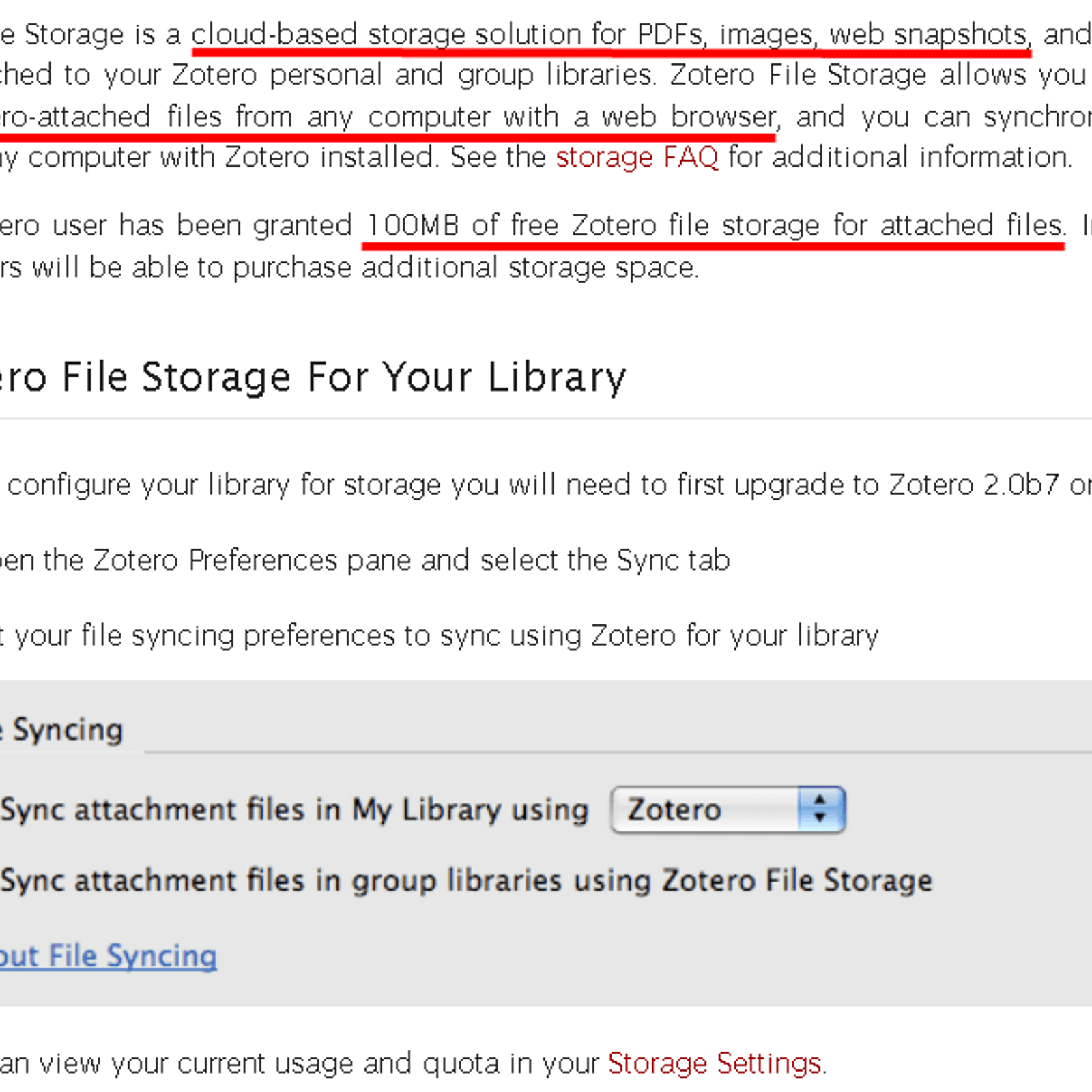
Ake Expresscard Usb 3.0 Driver Bc628
Find great deals on eBay for ExpressCard 34 usb 3.0. Port 34mm/54mm Adapter PCI-E W/ Driver For. 34mm to 5Gbps Dual 2 Ports USB 3.0 Card BC628. Aug 14, 2015 Hello I really need to find drivers for this flush usb express card module Does drivers. USB 3.0 ExpressCard Mac Drivers. That using 'bc628 mac os x driver.
During the past year I’ve had an unhealthy fascination with various card adapters (PCMCIA/CardBus/ExpressCard) offering expansion for laptops. Specifically I was focusing on adapters that sit flush with the chassis (for aesthetic/convenience purposes) and offer the most commonly requested expansion options: USB2.0 for USB1.1-equipped machines USB3.0 for USB2.0-equipped machines Media card for machines without a card slot I was interested in comparing the different devices to each other as well as to native controllers integrated with the laptop, when possible. As part of my hobby of sharing knowledge and discussing geeky computer-related stuff, I will convey my findings in a multi-part story. All pictures can be clicked for larger versions. The first part of this story can be found.
Action, Adventure, Marvel.Ultimate.Alliance.2-CODEX, Marvel.Ultimate.Alliance.2.Update.v20160804-CODEX, RPG, Superhero. Could you upload the new patch? Marvel ultimate alliance 2 patch fr jeux. The Marvel Universe is being torn. The patch came out about 2 days. (02 Aug 2016, 3:35) Bump. The fix for Marvel Ultimate Alliance 2 is out and we want to.
Some related discussions on the forum: Part 2 – ExpressCard to USB3.0 Reasons to get one USB3 integrated into the chipset appeared only in the latest generations (for Intel chipsets this would be the Ivy Bridge / Panther Point combo, and the corresponding Thinkpads would be the 230/430/530 series). Until then, USB3 controllers were integrated onboard as separate chips only in select high-end systems.
Since the ExpressCard standard appeared already in late Pentium M models, it means that there are roughly 6 generations of laptops with no built-in USB3 capabilities, than can benefit from such expansions cards. The players The four ExpressCard-to-USB3 adapters I’ve been able to test for this review are: This is not a flush adapter, so I did not plan to include it in the review.
But since I got one by coincidence, I thought it could be nice to test it as well. The adapter fits the 34mm slots, is made of thick plastic with portions of aluminium, and has a large protruding part housing the two USB3 ports, which is significantly wider than 34mm. Without this housing, the two ports would be too close together to be useful, or else not fit in 34mm, so the rationale is clear.
The adapter feels very rigid and of high quality, however, in practice is way too big and bulky to keep in a laptop at all times. Moreover, it is very easy to accidentally eject it by bumping it (especially on laptops with push-to-eject, no-lever ExpressCard slots). The adapter is based on the first ever USB3 controller – the, which is a 2-port PCIe Gen2-compatible controller. In the box you will receive the adapter, a driver CD, and a 34-to-54mm filler plastic card (which you can latch onto the card to avoid this gap you can see in the “inserted” picture).
Disappointingly, even though there is a DC-in power socket on the card to allow extra power (again, see picture), no power cable is included. Vantec 34mm adapter (left) and inserted into T60 ExpressCard slot (right). This one has a single USB3 port and also a DC-in socket (a USB cable is included in the package to pull extra power from any other USB port). It uses the single-port, PCIe Gen1 controller. Therefore, the label on the card indicating “5Gbps” is a complete lie, as the Gen1 only goes up to 2.5Gbps.
Just in case the manufacturer specs were wrong, I verified the device capabilities using, and surely enough, the device only advertises 2.5Gbps speed, even when connected to a 5Gbps-capable PCIe root port. The practical implications of this are discussed below in the performance section. I actually contacted Gmyle, who had no explanation for the mislabeling. What I managed to gather from various sources is that at some points these adapters were using different chips, and those may have been 5Gbps-capable.  The label was probably carelessly left from those times.
The label was probably carelessly left from those times.